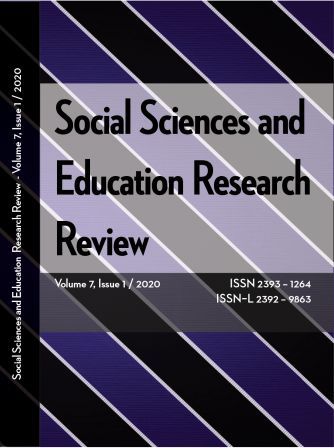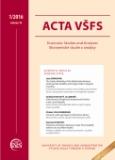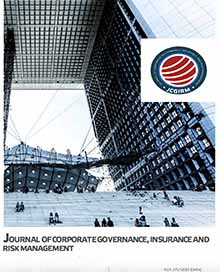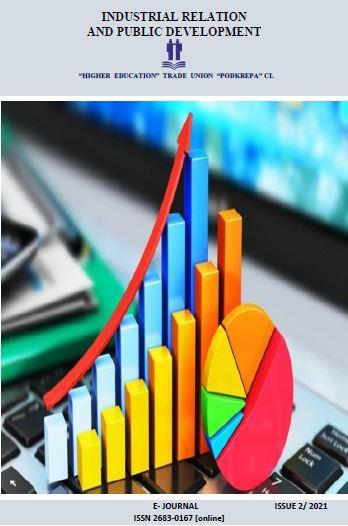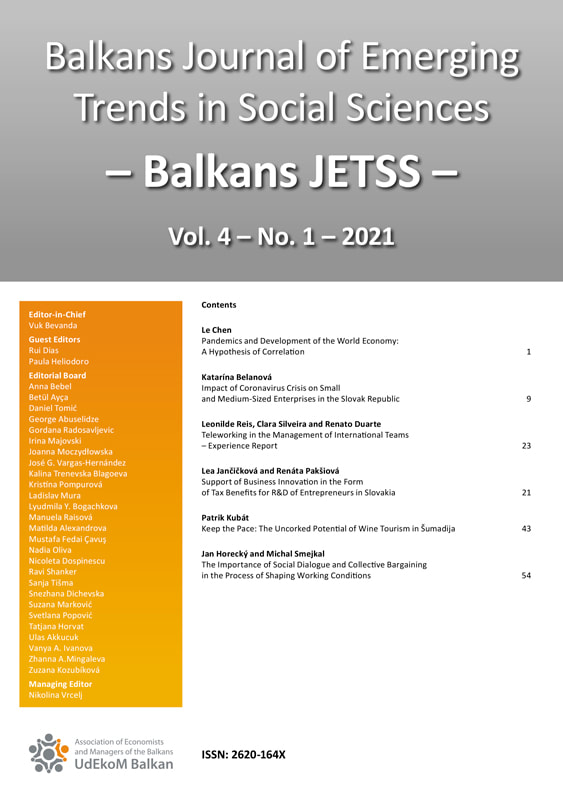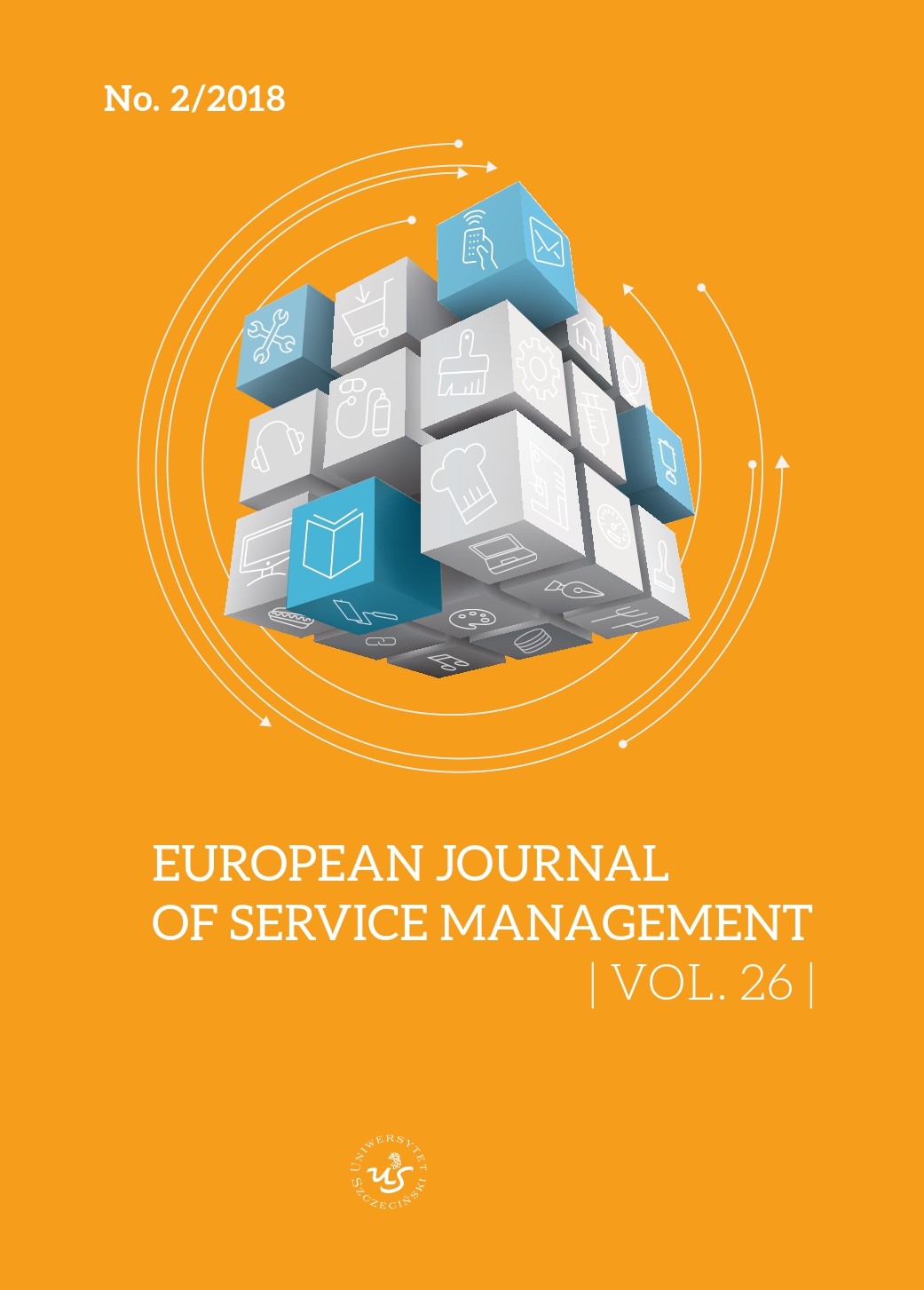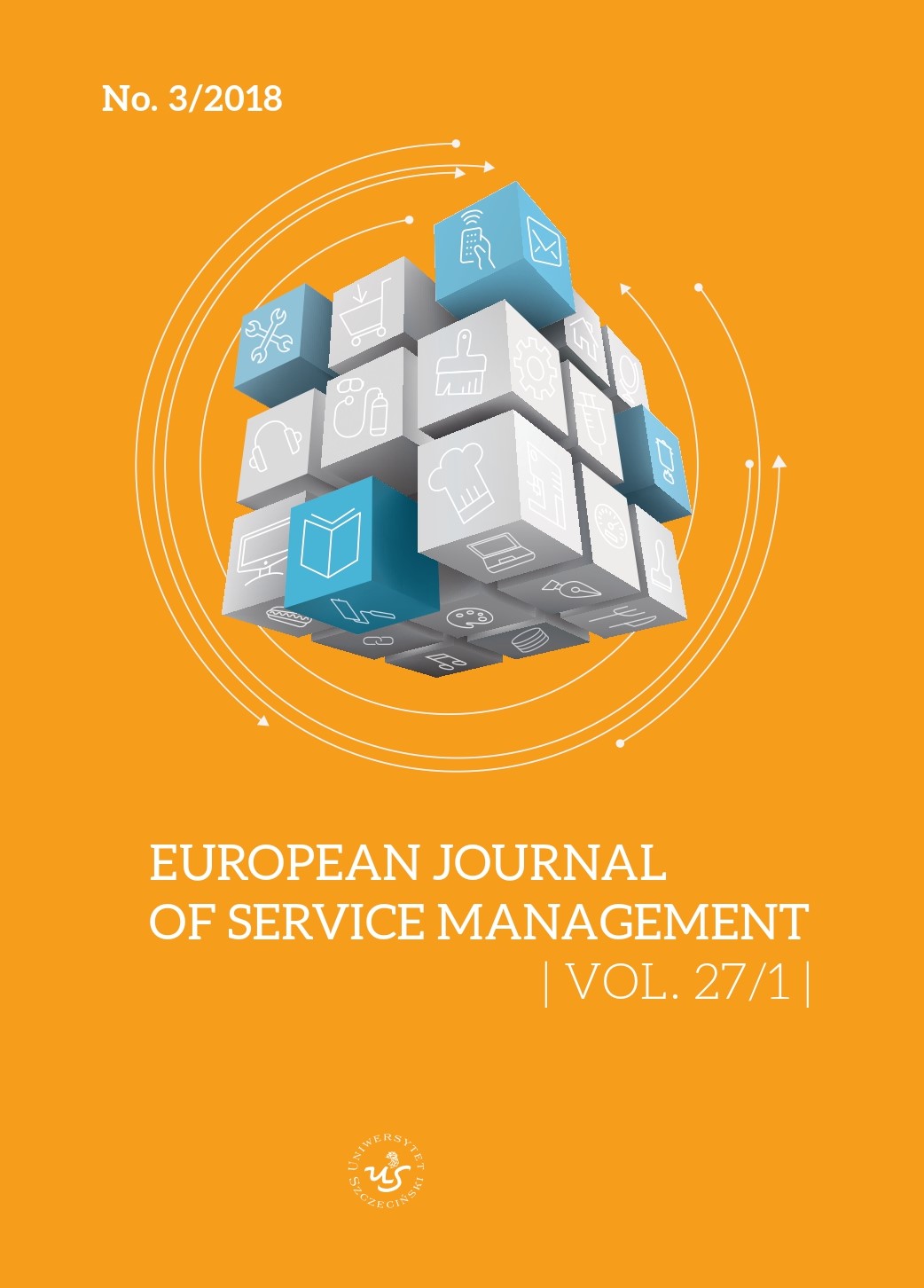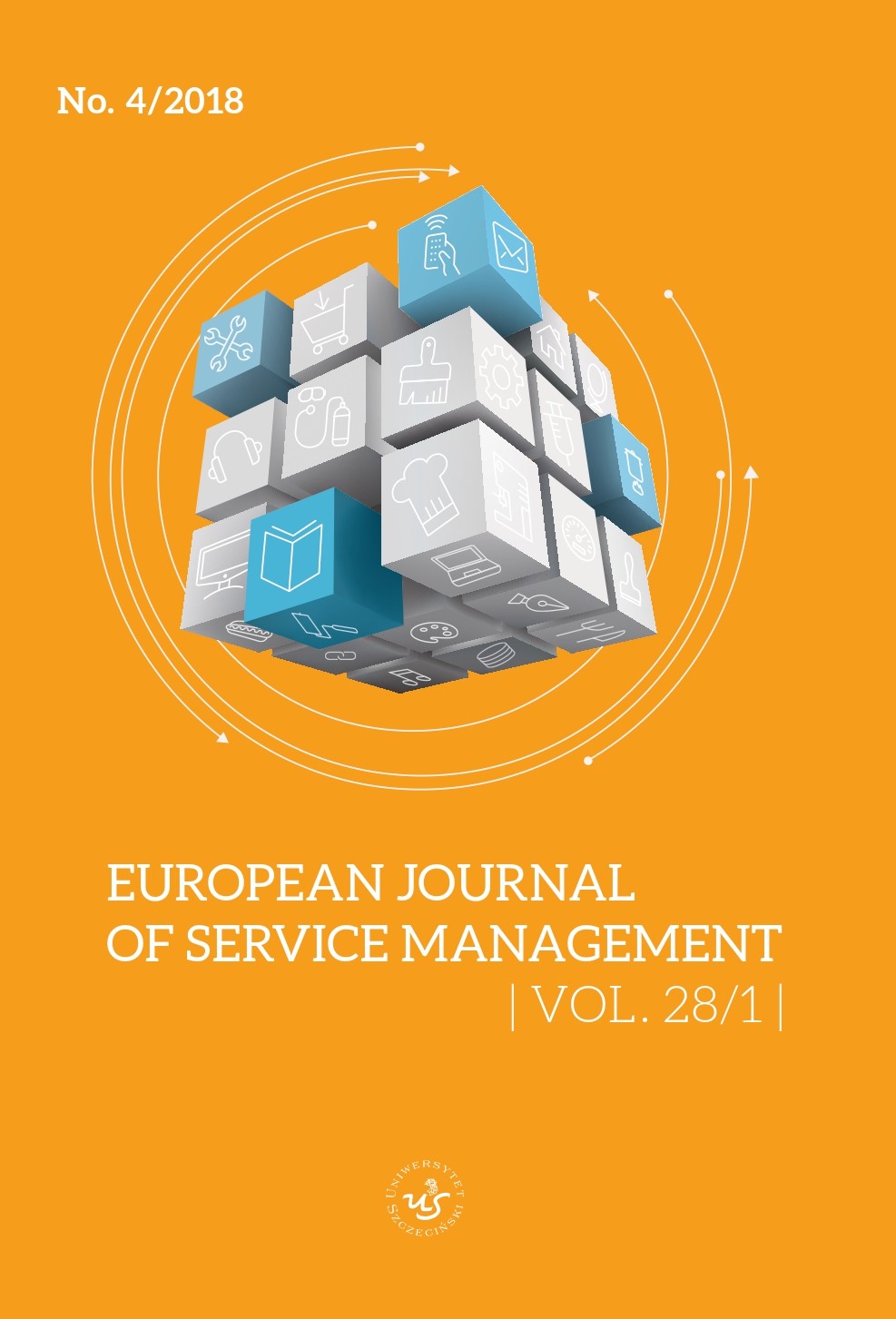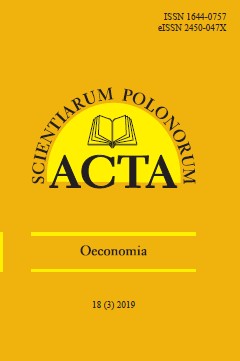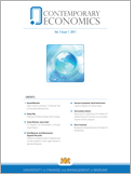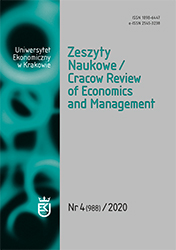
The Relationship between Debt Capacity Base and Structural Risk: Evidence from the Warsaw Stock Exchange
Objective: The objective of this paper is to verify the hypothesis that there is a statistically significant correlation between the risk level determined on the basis of structural models and the value of the of debt capacity base, and that the value of a company’s debt capacity is determined primarily by the type and properties of its financing. Research Design & Methods: The methodology was based on the analysis of the determination of the linear regression function using the least squares method and study of the correlation between the values of the debt capacity base and the net value of enterprises (determined on the basis of the approach used in structural risk models) based on accounting data of 511 companies listed on the Warsaw Stock Exchange in 2018–2019. This includes an analysis of the level of debt capacity in the context of selected forms of financing. Findings: There is a strong and statistically significant correlation between the debt capacity base determined on the basis of book values and the determined net value of enterprises, representing the level of structural risk (constituting the difference between the value of assets and liabilities). A USD 1 bn change in the average debt capacity base leads to a USD 0.49 bn change in the average net worth of enterprises. Implications / Recommendations: The designated regression function enables forecasting, within the scope of banking practice, the value of the structural risk and the debt capacity base in terms of granting short- and long-term liabilities. Contribution: The study confirms the thesis that there is a statistically significant correlation between structural risk and the debt capacity base. It presents an approach that enables the determination of the debt capacity base, the value of structural risk, and the value of debt capacity for selected forms of financing.
More...

